ANCAP to test power-operated car doors from 2026 amid ‘regulatory loophole’
The Australian government is being urged to investigate a popular piece of tech found in modern vehicles amid growing safety concerns.
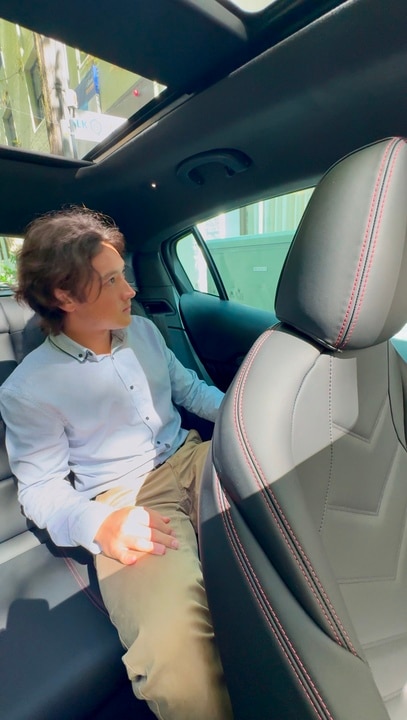
Cars with electric doorhandles that could fail in an emergency will face extra scrutiny during safety tests.
And hidden emergency release features in cars with electric doors could come under fire from government regulators.
Australia’s independent crash safety authority, ANCAP, will update test protocols to address a potentially deadly problem in more than 100,000 vehicles around Australia, including Tesla EVs.
As first reported by Carsales, a regulatory loophole in electronic power-operated doors could prove deadly after it was revealed not all doors have a manual door release mechanism that serves as a backup in case of power failure.
The power-operated door feature uses the car’s 12 volt battery – not the high-voltage battery used to drive the car – to allow occupants to exit the vehicle at the press of a button.
If the car’s 12V battery dies or gets disconnected after an impact, occupants must use a manual door release function to exit the vehicle quickly.
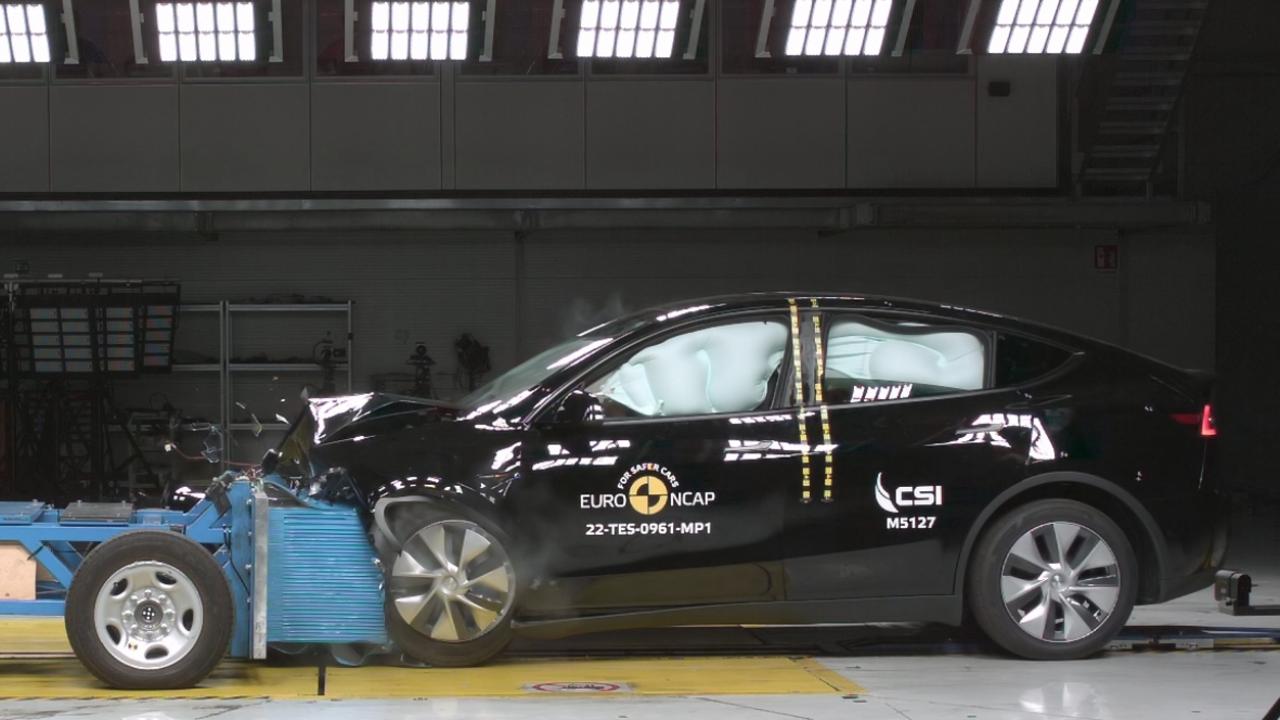
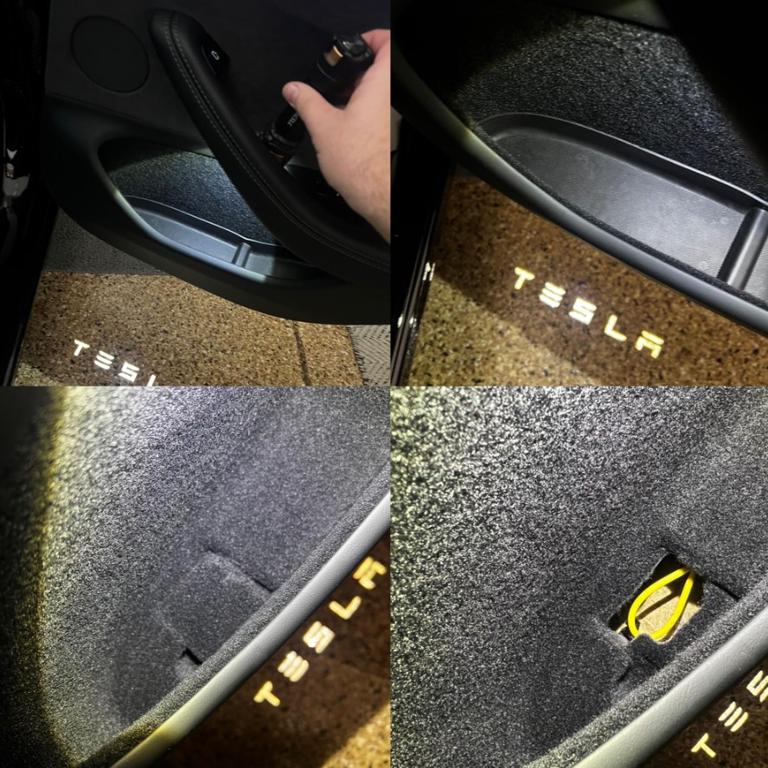
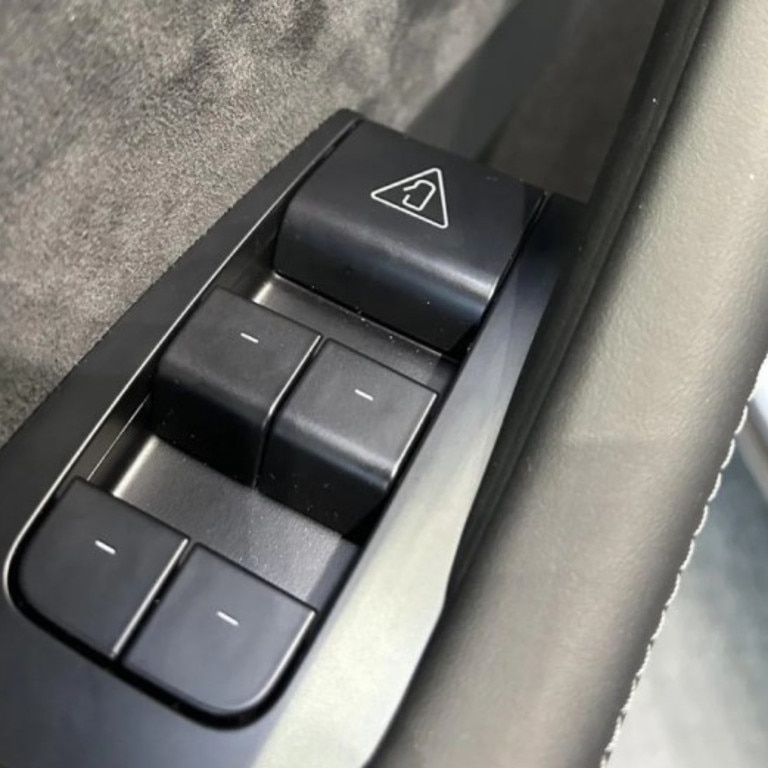
MORE: The new EVs for Elon haters
ANCAP’s current protocols focus on electric and manual door handles and the ability to open doors from inside and outside a vehicle. The upcoming protocol changes will ensure occupants have a way to escape a vehicle in the event of a power failure.
Carla Hoorweg, chief executive of ANCAP, said “with the increasing prevalence of electric door release systems in new vehicles, ANCAP is expanding its assessment of their safe operation through our test and rating criteria from January 2026.”
“ANCAP will assess situations where the vehicles’ 12V battery is disconnected to evaluate whether all side doors remain operable from the inside or provide a manual override.”
ANCAP’s move to introduce new testing protocols in the new year could potentially make it more difficult for vehicle manufacturers to achieve the maximum five-star safety rating.
New EVs such as the XPeng G6 and Zeekr X would be penalised if tested against the stricter criteria set to come in effect next year.

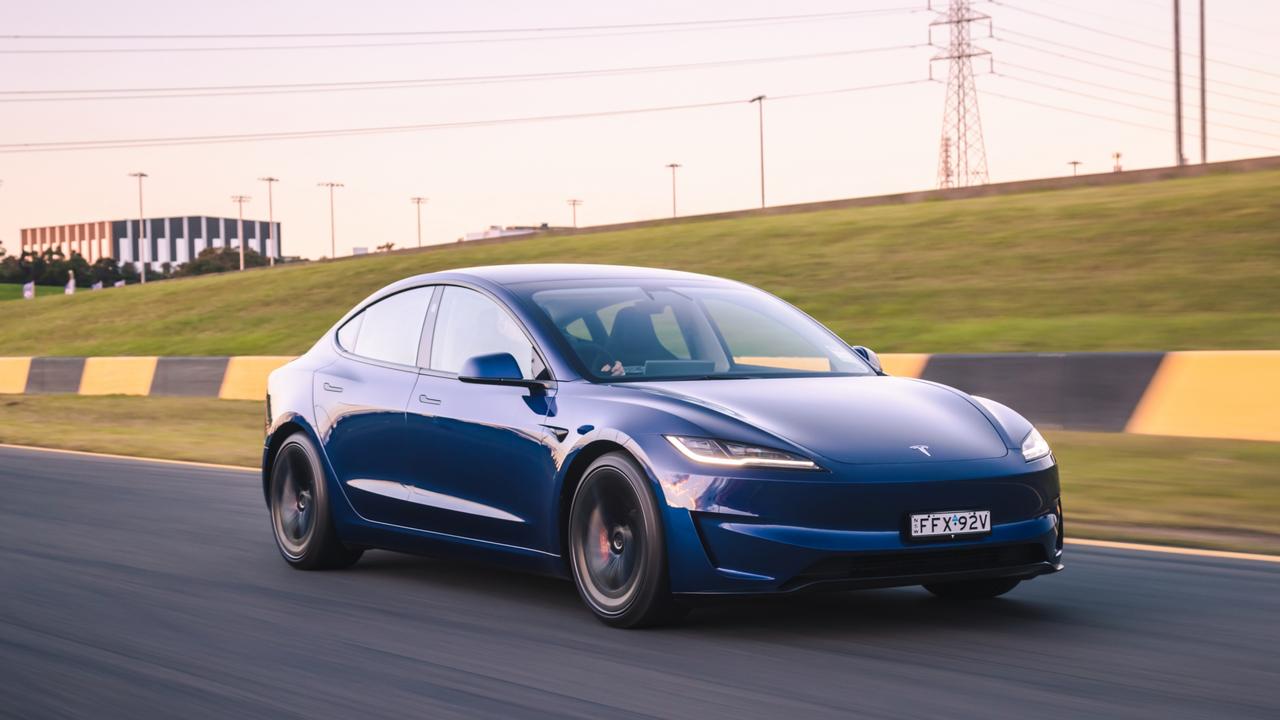
The new testing protocols will assess how easily an occupants can exit a vehicle fitted with power-operated doors, when the 12V power has been disabled.
The test will occur from inside a non-crashed vehicle on the following procedure:
1. Vehicle occupant shall activate central locking to lock all the doors, with child safety lock system in disengaged mode.
2. Disconnect electrical supply either at system level (e.g. central locking, controller, etc.) or disconnect main battery supply.
3. Opening of the doors from inside shall be possible using internal control within two minutes.
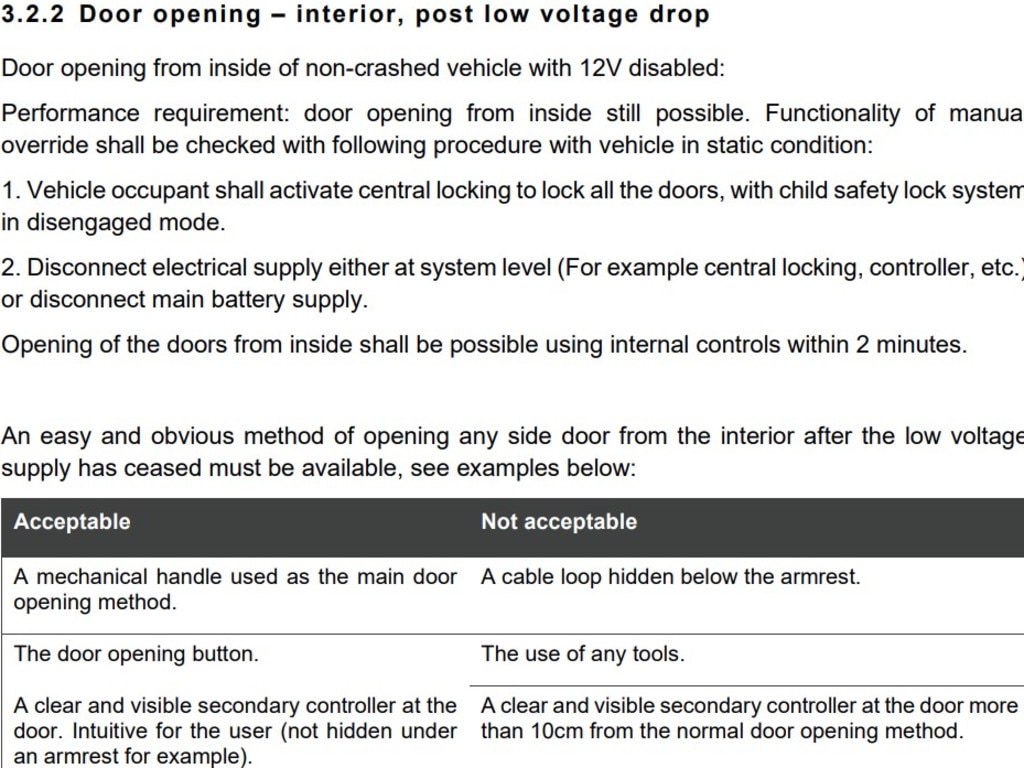
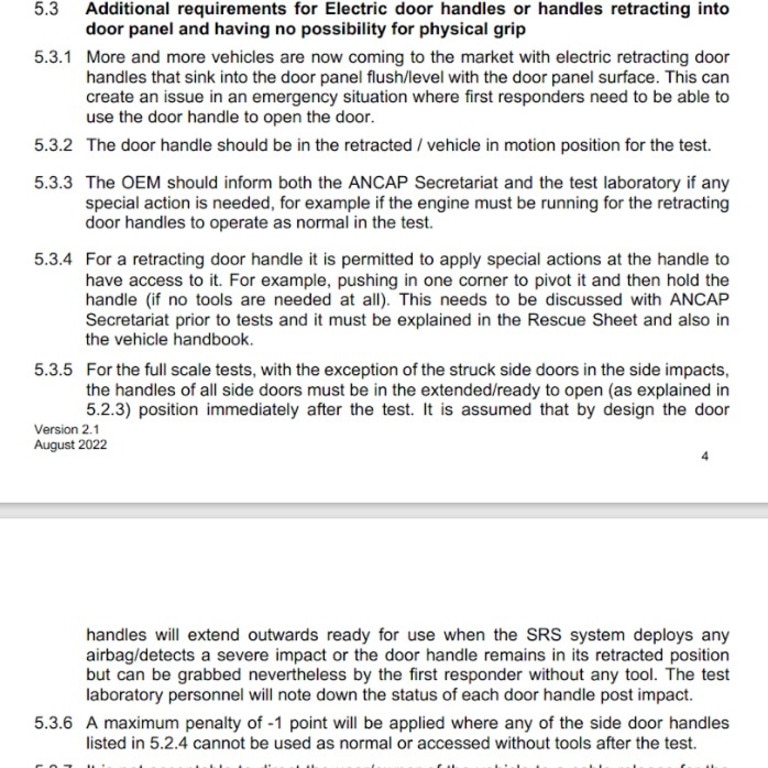
MORE: The new cars arriving in 2025
According to the incoming changes, vehicles must feature a manual override method to allow occupants to open the doors from inside the car without the use of tools.
Methods like a cable loop hidden beneath the armrest, as seen in the new xPeng G6 and Zeekr X, will be classified as not acceptable.
Additionally, a clear and visible secondary mechanism linked to the door must be placed within 10cm from the normal door opening method.
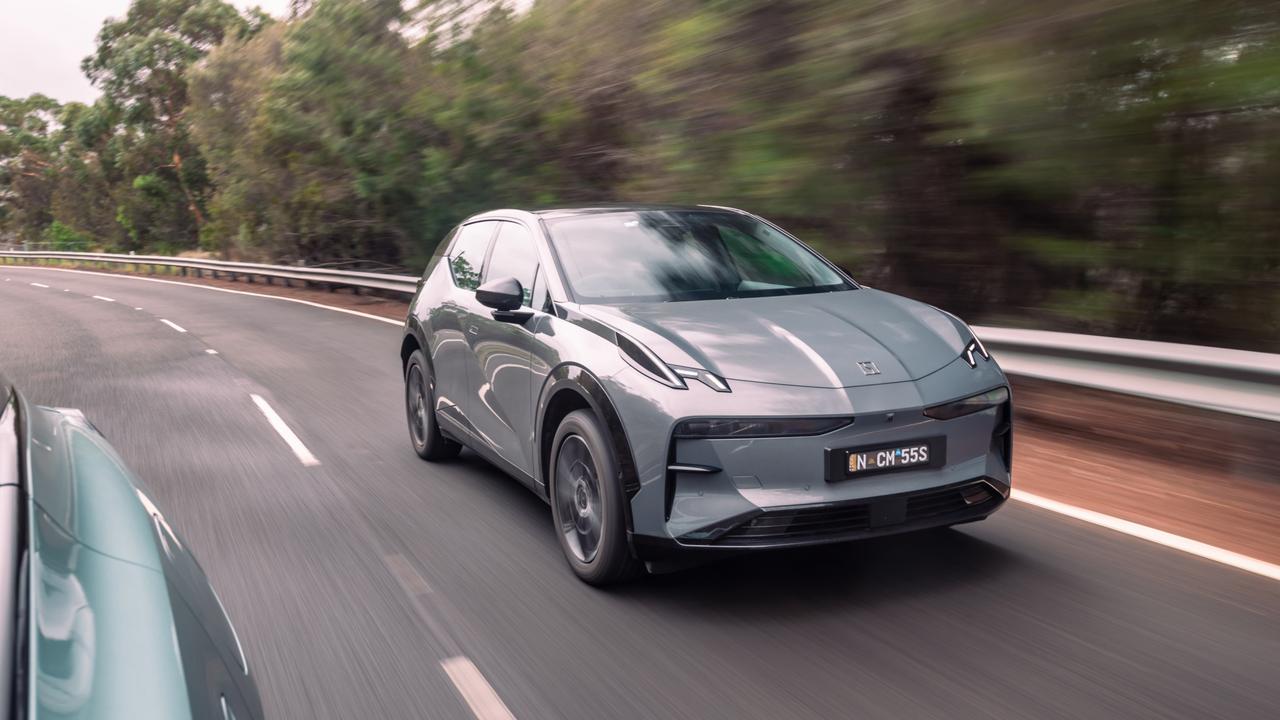
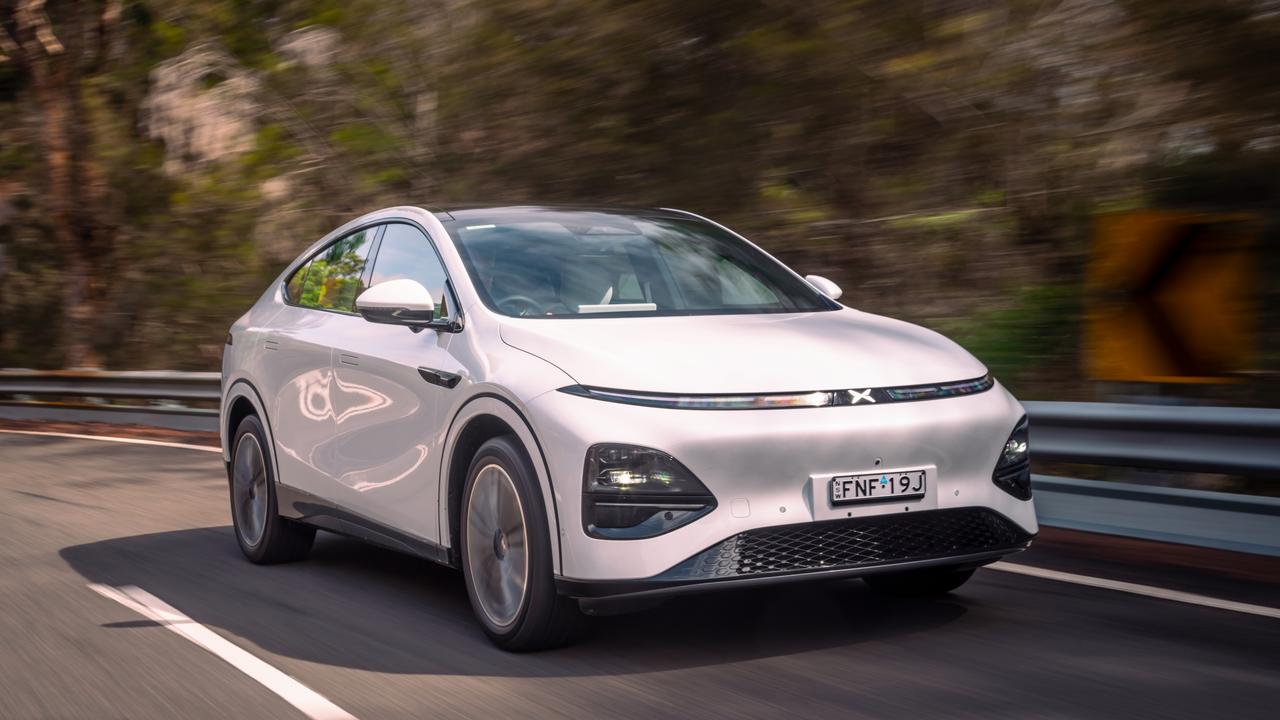
Power-operated doors are thought to have contributed to several death in the US, and with the technology becoming more and more popular in modern-day vehicles, there’s a strong push for the government to investigate.
The ANCAP boss is also calling on the Australian government to amend the Australian Design Rules (RDA) to ensure occupants can easily exit a vehicle (fitted with power-operated doors) in the event of an emergency.
“From a regulatory perspective, there is a clear opportunity for the Australian Government – as the vehicle safety standards regulator – to modify its regulation on door release systems,” ANCAP chief executive Carla Hoorweg said.
“The regulation should ensure emergency egress is simple and available for all side doors. Technology has evolved and this is a regulatory loophole that should be closed by the Government.”
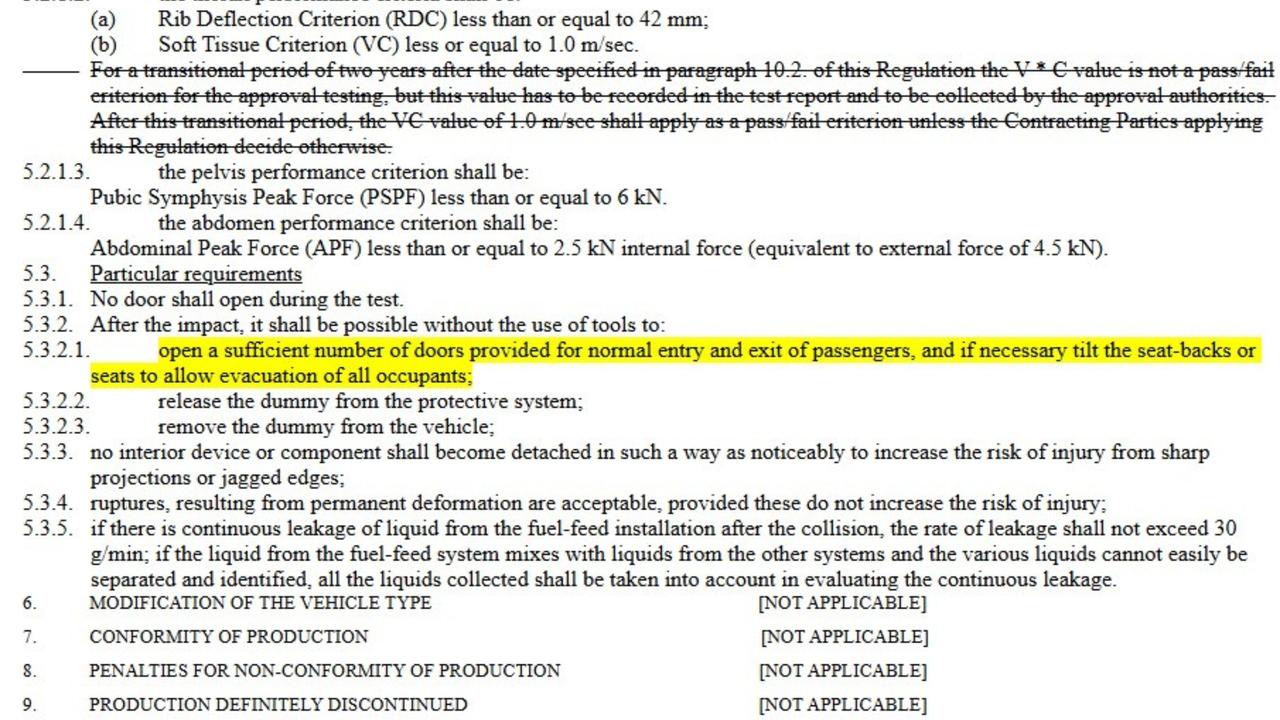
The current Australian Design Rules regulations require “a sufficient number of doors provided for normal entry and exit of passengers” that can be opened without the use of tools.
According to Carsales, there is an estimated 65,000 Tesla’s in Australia that only have a manual release for the front doors, leaving back seat passengers vulnerable.
Tesla’s Model 3 (2017-2023) online manual confirms there’s no manual release fitted to the rear doors noting – “only the front doors are equipped with a manual door release.”
MORE: Aussie car prices set to crash
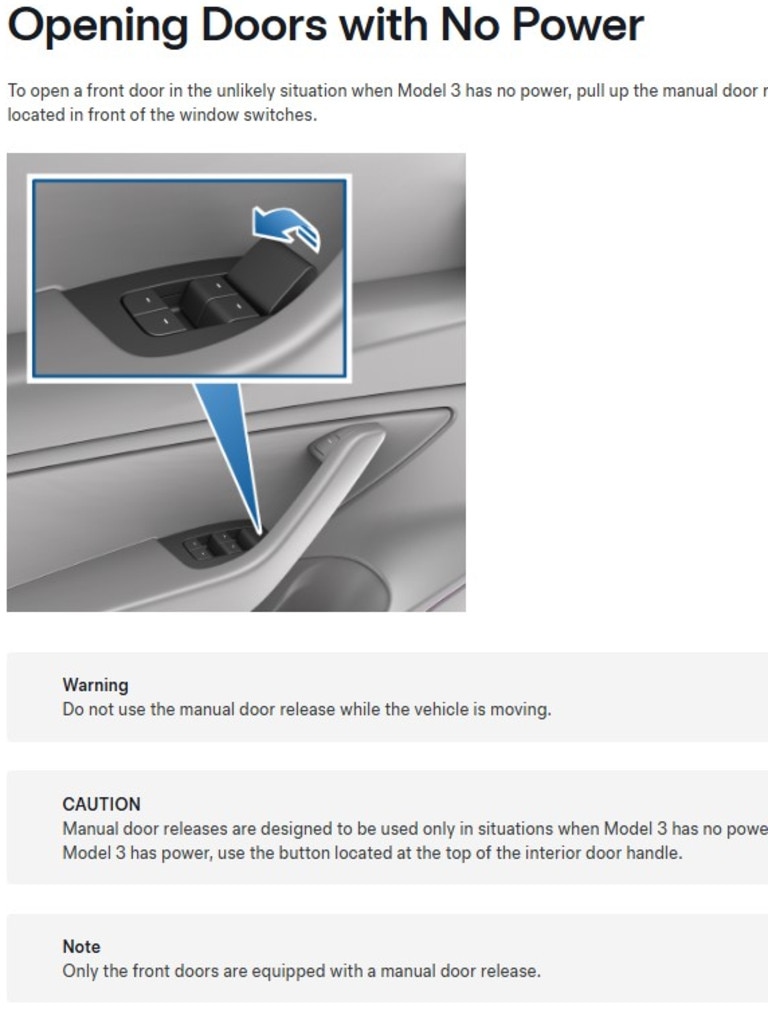
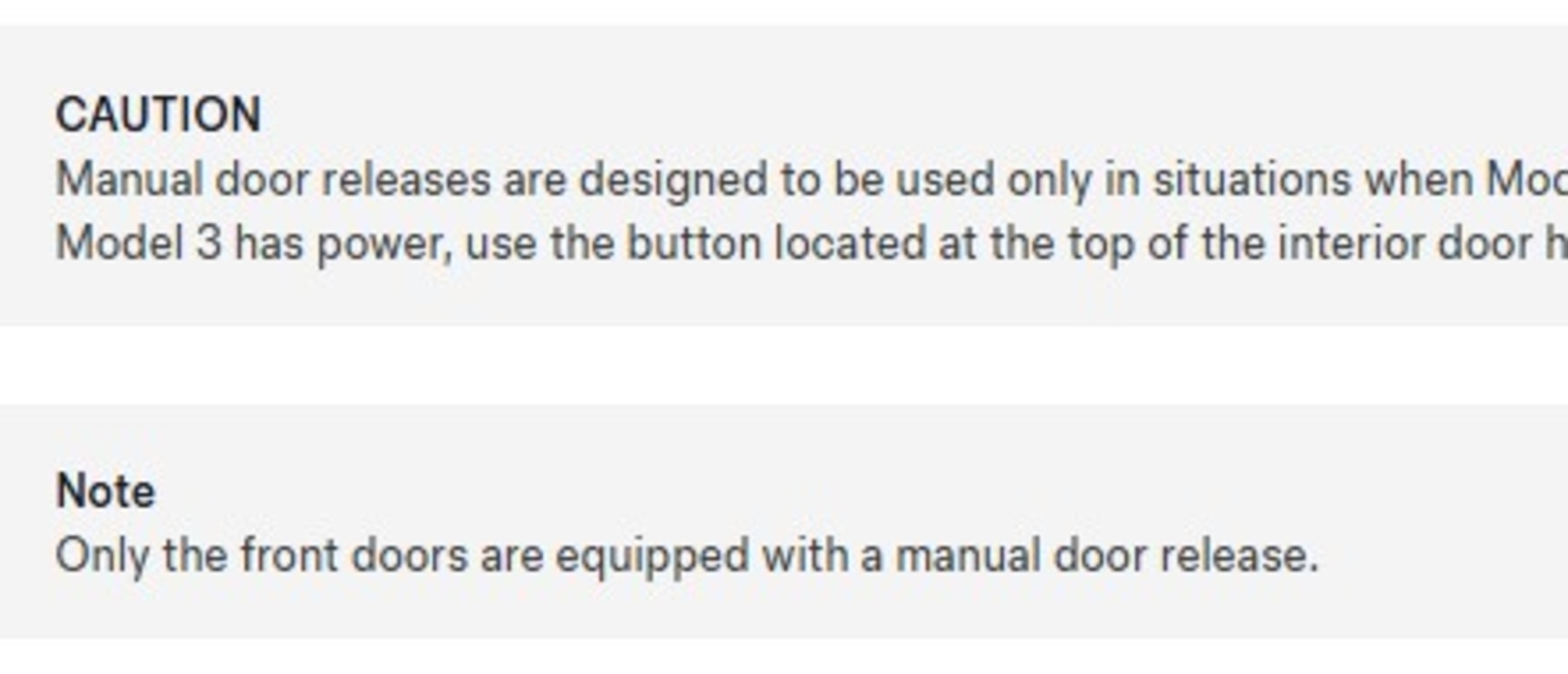
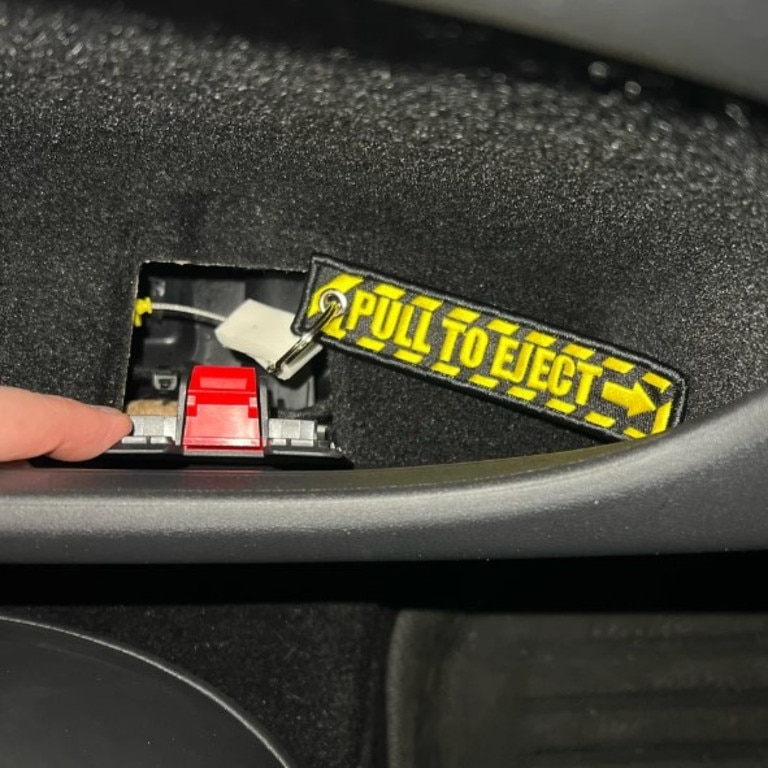
Tesla Model 3 and Model Y vehicles from 2024 onward have been updated to include a manual door release cable in the rear doors.
“As a non-regulatory consumer information organisation, ANCAP encourages the fitment of key safety features and technologies through our voluntary and agile system,” Ms Hoorweg said.
“This is quite distinct from the Australian Design Rules which are regulatory requirements mandated, controlled and enforced by the Australian Government.”




